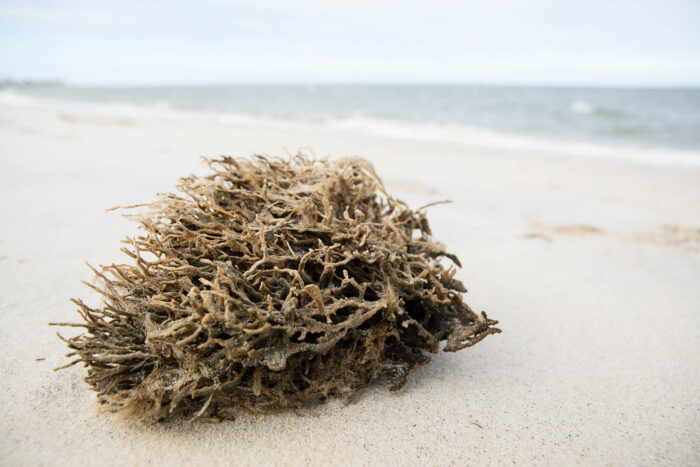Red beard sponge
Microciona prolifera
The red beard sponge is a brightly colored sponge with thick, intertwining branches. It lives on rocks, reefs, piers, pilings and other hard surfaces in the middle and lower Chesapeake Bay.

